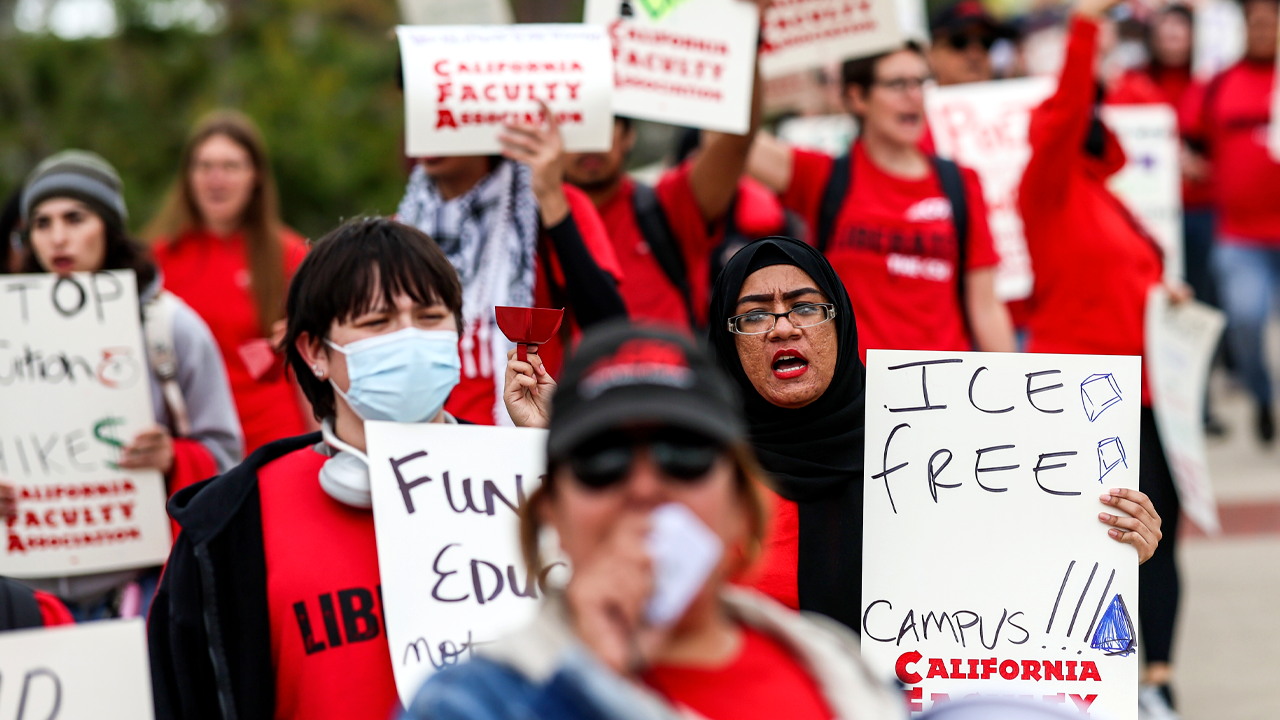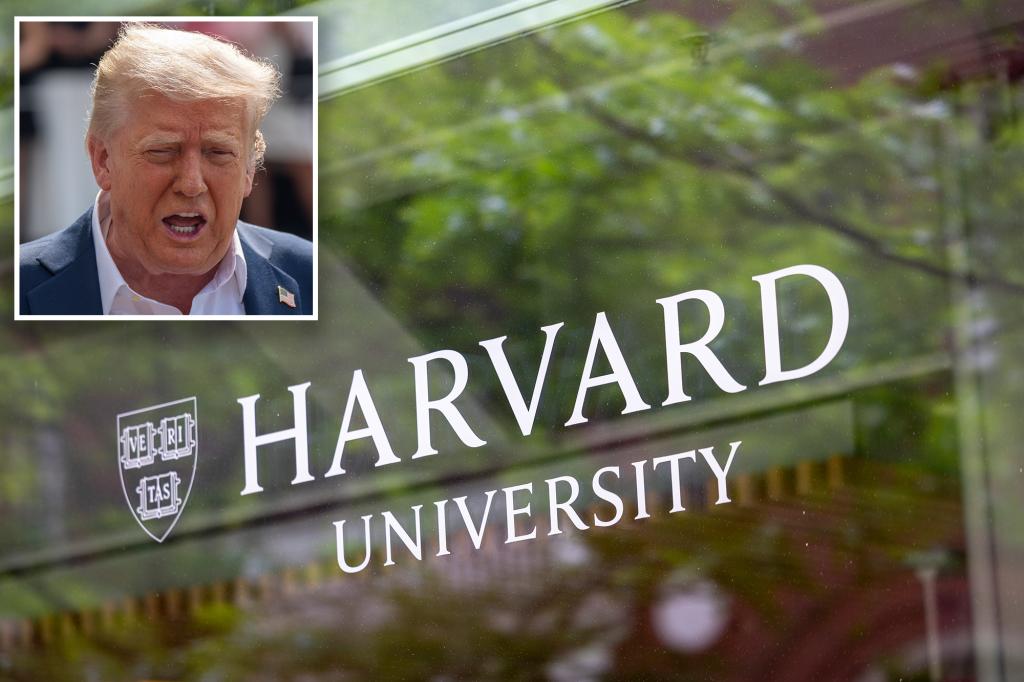Universities Reassess DEI Initiatives Amid Rising Calls for Change
In recent years, diversity, equity, and inclusion (DEI) initiatives have transformed university campuses across the United States. These programs aimed to create a more equitable learning environment, fostering a sense of belonging for students from all backgrounds. However, a growing backlash against DEI efforts has emerged, leading universities to reassess their approaches and the implications of recent state-level pushbacks. As the landscape of higher education shifts, the future of DEI initiatives remains uncertain yet crucial for fostering an inclusive academic community.
The Current State of DEI Initiatives
DEI initiatives have typically focused on increasing representation and addressing systemic barriers within higher education. Universities have invested in programs that promote underrepresented groups, including recruiting diverse faculty, enhancing scholarships for minority students, and creating supportive campus environments. These efforts are grounded in the belief that a diverse educational setting enriches the learning experience for all students.
However, recent developments, particularly in certain states, have sparked significant debate. Some state legislatures have moved to restrict or eliminate DEI programs, arguing that these initiatives promote divisiveness rather than unity. These changes have forced universities to reconsider their commitments to DEI, leading to a pivotal moment in higher education.
State-Level Pushback
The backlash against DEI initiatives has taken various forms across states. Some governors have issued executive orders prohibiting the use of DEI statements in hiring processes, while others have enacted laws that prevent funding for programs deemed to promote divisive concepts. This has left many universities in a precarious position, as they weigh the implications of compliance against their institutional values.
- Florida: The state has seen significant legal changes, including a law banning the use of certain DEI training and initiatives in public universities.
- Texas: Similar legislation has emerged, mandating that state-funded institutions not engage in programs that prioritize DEI over merit.
- North Carolina: The state has introduced measures requiring greater transparency in DEI spending and program implementation.
These actions raise critical questions: How will universities maintain their commitment to diversity and inclusion amidst political pressures? What are the long-term implications for the student body and faculty diversity? Universities are now faced with not just defending these initiatives, but also innovating their approach in response to the changing political climate.
Reassessing DEI Goals and Strategies
As universities reassess their DEI initiatives, many are opting for a more nuanced approach. This involves not only adhering to legal requirements but also finding innovative ways to promote inclusion and equity without compromising their core values.
Engaging in Dialogue
One of the first steps universities can take is to engage in open dialogues within their communities. This includes listening to student voices, faculty concerns, and alumni perspectives. By creating safe spaces for discussion, institutions can better understand the diverse opinions surrounding DEI.
- Establish task forces: Many universities are forming task forces to evaluate their current DEI initiatives and recommend adjustments based on community feedback.
- Transparency: Sharing data on student and faculty demographics, as well as the impact of DEI programs, can foster trust and accountability.
Innovative Program Design
Instead of dismantling DEI programs, some universities are re-envisioning them to align with their institutional missions while addressing concerns raised by state legislation. For example:
- Focus on merit-based scholarships: While still aiming for diversity, universities can establish scholarships that also emphasize academic excellence, ensuring compliance with state guidelines.
- Broaden definitions of diversity: Expanding the understanding of diversity beyond racial and ethnic lines can include socioeconomic status, disability, and other factors that contribute to a rich educational environment.
By reframing their DEI initiatives, universities can continue to support underrepresented groups while also aligning with changing legislative landscapes.
The Role of Leadership
University leadership plays a critical role in navigating this complex landscape. Presidents and chancellors must be proactive in advocating for DEI values while also considering the political and financial realities their institutions face. This involves:
- Building coalitions: Collaborating with other universities facing similar challenges can lead to stronger advocacy efforts and shared best practices.
- Engaging with policymakers: University leaders can work to educate lawmakers about the importance of DEI initiatives, highlighting the benefits for students and society as a whole.
Looking Toward the Future
As universities navigate the reassessment of DEI initiatives, the focus should remain on the core mission of higher education: to provide an inclusive and equitable environment for all students. While the challenges are significant, there is also an opportunity for growth and innovation. By fostering open dialogue, rethinking program structures, and demonstrating strong leadership, universities can emerge from this tumultuous period with renewed commitment to diversity, equity, and inclusion.
Ultimately, the future of DEI in higher education will depend on the collective efforts of university administrators, faculty, students, and the broader community. Together, they can forge a path forward that not only addresses current political pressures but also strengthens the commitment to creating a diverse and inclusive academic landscape.
Conclusion
The reassessment of DEI initiatives in universities reflects a broader societal conversation about diversity, equity, and inclusion. As states push back against these programs, institutions must adapt while remaining steadfast in their mission to promote an inclusive educational environment. By engaging in dialogue, innovating strategies, and demonstrating strong leadership, universities can navigate these challenges and continue to champion the values of diversity and inclusion. The road ahead may be fraught with obstacles, but the commitment to fostering a diverse academic community is more crucial than ever.
See more TED Talks World



